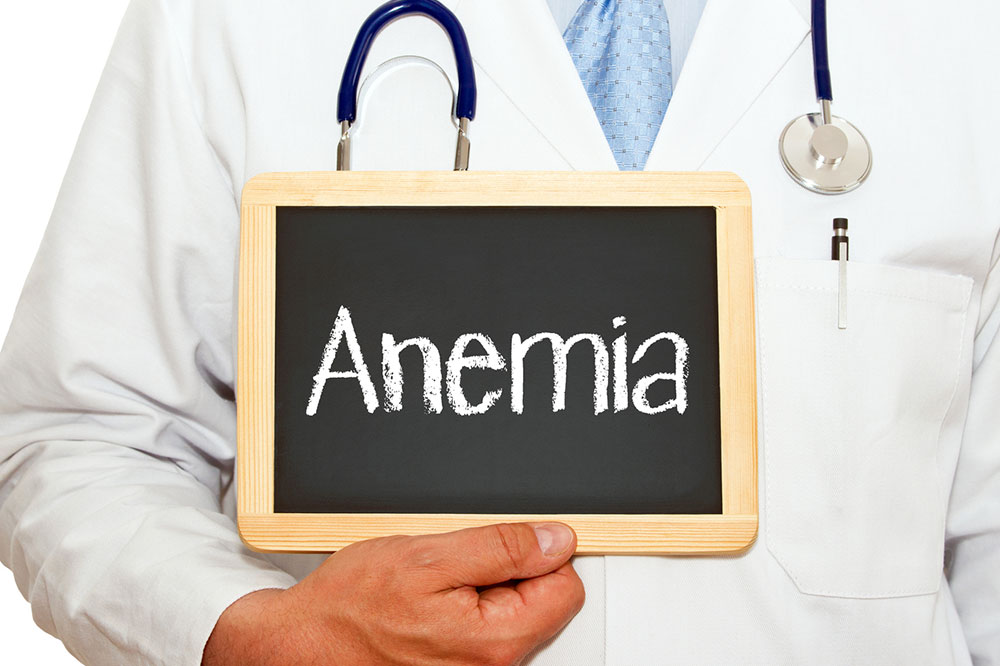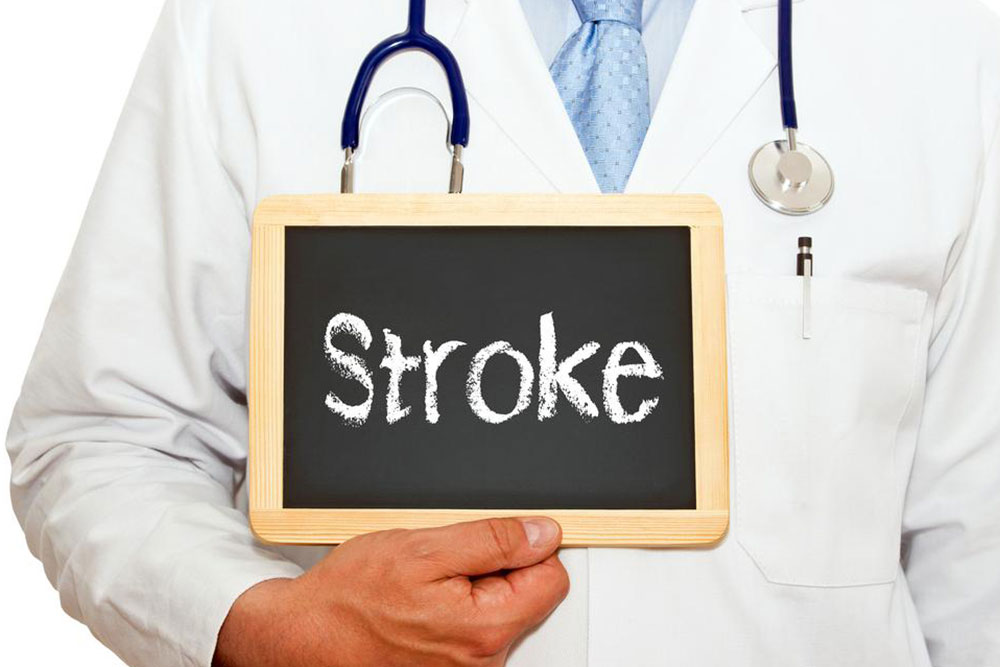Understanding Low Blood Pressure: Causes and Symptoms
Learn about the causes, symptoms, and risks associated with low blood pressure. Understanding these factors helps in early detection and prevention of potential health complications related to hypotension.

Understanding Low Blood Pressure: Causes and Symptoms
Blood pressure refers to the force exerted by circulating blood on the walls of arteries. It is a vital indicator of overall health, influenced by heart rate, blood vessel elasticity, and other factors. Blood pressure readings are expressed in mmHg, with two numbers: systolic (top) and diastolic (bottom). A normal value is around 120/80 mmHg. Readings below 90/60 indicate hypotension, or low blood pressure. While sometimes harmless, persistent low readings can signal underlying health issues.
Low blood pressure without symptoms often isn't alarming, but in older adults, it may hint at health concerns.
Numerous factors contribute to low blood pressure. Common causes include hormonal imbalances like hypothyroidism, diabetes, heart conditions, or side effects from medications used to manage hypertension, Parkinson’s disease, or depression. Other causes include irregular heart rhythms, excessive heat exposure, dilation of blood vessels, and poor nutrition. Pregnancy can also lead to lower blood pressure. Sudden drops may result from blood loss, severe dehydration, infections like sepsis, allergic reactions like anaphylaxis, or extreme temperatures.
Symptoms of Low Blood Pressure
Dizziness or lightheadedness
Nausea or blurred vision
Sudden fainting episodes
Difficulty concentrating
Rapid or shallow breathing
Weakness and rapid heartbeat
Chronic low blood pressure without symptoms is usually safe, but sudden drops can impair brain function and cause health risks. It's important to identify the causes early to prevent complications, especially since lowering high blood pressure too much may lead to hypotension.










